A new U.S. Senate bill, S.1249, the Drone Integration and Zoning Act, introduced on April 2, 2025, by Senator Mike Lee of Utah, seeks to redefine low-altitude airspace management, potentially reshaping the Drone Industry. The legislation proposes granting states, local governments, and private property owners authority over airspace up to 200 feet above ground level (AGL), challenging the Federal Aviation Administration’s (FAA) long-standing control. With significant implications for commercial drone operators, recreational pilots, and model aircraft enthusiasts, S.1249 has sparked debate over federal preemption, operational feasibility, and economic impacts.
Bill Details and Proposed Changes
S.1249, officially titled “A bill to prescribe zoning authority with respect to commercial unmanned aircraft systems and to preserve State, local, and Tribal authorities and private property with respect to unmanned aircraft systems,” outlines a framework to decentralize airspace governance. Key provisions include:
- Redefining Navigable Airspace: The bill designates airspace below 200 feet AGL as the “immediate reaches of airspace,” subject to state, local, and Tribal regulation. This includes authority over zoning, takeoff and landing restrictions, and operational hours. S.1249 Text, Section 3(b)
- Private Property Rights: Property owners gain control over the airspace up to 200 feet above their land, prohibiting drone operations without explicit consent. S.1249 Text, Section 4(a)
- Standoff Distances: Drones must maintain a 200-foot lateral and 50-foot vertical distance from structures taller than 200 feet, impacting urban operations. S.1249 Text, Section 4(b)
- FAA Role: The FAA retains oversight above 200 feet but must develop processes for “complex airspace” designations and local zoning coordination. S.1249 Text, Section 5
The 27-page bill, currently in the Senate Committee on Commerce, Science, and Transportation, builds on concepts from the 2017 Drone Federalism Act, which failed to advance.
Technical and Operational Challenges
The proposed 200-foot AGL threshold disrupts established drone operations. Commercial applications—such as drone delivery, infrastructure inspection, and agricultural monitoring—often occur below 400 feet, with most drones limited to 120 meters (394 feet) under FAA Part 107 rules. Decentralized control risks creating a patchwork of regulations, complicating compliance for operators crossing state or municipal boundaries. For instance, a drone delivery service in a metropolitan area spanning multiple jurisdictions could face conflicting altitude limits or no-fly zones, increasing operational costs.

Recreational pilots, including first-person view (FPV) and model aircraft enthusiasts, face similar constraints. The Academy of Model Aeronautics (AMA) notes that many hobbyist activities occur in Class G airspace below 400 feet, recently expanded for AMA clubs under FAA agreements. S.1249’s restrictions could curtail these activities, particularly in rural areas where private property boundaries are expansive.
The standoff requirements for tall structures—200 feet laterally (61 meters) and 50 feet vertically (15 meters)—pose additional hurdles in urban environments. Buildings exceeding 200 feet, common in cities, would create exclusion zones, pushing drones into higher airspace where conflicts with manned aircraft are more likely. This contradicts FAA safety priorities outlined in the 2024 Reauthorization Act, which emphasized centralized oversight for unmanned aircraft system (UAS) integration.
Drone Industry Context and Regulatory Tensions
The FAA has historically governed all U.S. airspace from the ground up, ensuring uniform safety and operational standards under Title 49 of the U.S. Code. S.1249’s attempt to carve out low-altitude airspace echoes a 2016 Uniform Law Commission proposal, rejected after industry and FAA opposition highlighted risks of regulatory fragmentation.
Recent FAA initiatives, such as the Low Altitude Authorization and Notification Capability (LAANC), streamline drone access to controlled airspace. In 2024, Aloft Technologies processed over 70% of LAANC authorizations, underscoring the system’s efficiency. S.1249’s localized approach could undermine these systems, forcing operators to seek approvals from multiple authorities.
Compliance costs are a critical concern. Small businesses, which comprise much of the $12.7 billion drone industry (projected to reach $23.6 billion by 2030), may struggle to adapt to varied regulations. The bill’s requirement for the FAA to establish “complex airspace” processes adds bureaucratic complexity, potentially delaying operations.

Market Implications and Stakeholder Reactions
S.1249 could disrupt commercial drone growth, particularly for companies like Amazon, Zipline and Wing, which rely on scalable low-altitude operations for delivery. Localized restrictions may favor larger firms with resources to navigate regulatory complexity, squeezing out smaller operators. The bill’s private property provisions also raise practical concerns: obtaining consent from numerous landowners for a single flight path is logistically daunting.
Hobbyist communities are mobilizing opposition. The AMA has urged members to contact lawmakers, citing threats to model aviation. Industry sentiment reflects skepticism, amplified by DJI’s recent removal of geofencing features, which heightened calls for clear federal oversigh.
DroneXL’s Take
S.1249 prioritizes local control and property rights but risks fracturing a national airspace system that has safely integrated over one million registered drones. The FAA’s centralized authority, while not flawless, supports innovation and safety through systems like LAANC and Part 107. Localized regulations could ground small operators and hobbyists, undermining a $12.7 billion industry. The bill’s arbitrary 200-foot threshold and standoff rules lack technical grounding, ignoring the operational realities of urban missions and recreational flying. DroneXL calls for balanced policies that address privacy without sacrificing federal cohesion. Operators should contact senators to oppose S.1249 and advocate for unified standards.
Path Forward
As S.1249 awaits committee Review, its progression depends on industry and public response. The drone community’s success in defeating similar proposals in 2016 and 2017 suggests opposition can influence outcomes. Stakeholders must engage lawmakers to preserve a cohesive airspace system that supports both innovation and safety.
Discover more from DroneXL.co
Subscribe to get the latest posts sent to your email.
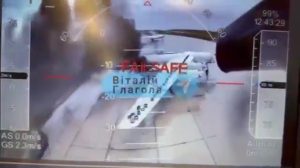
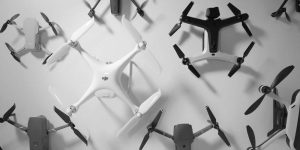
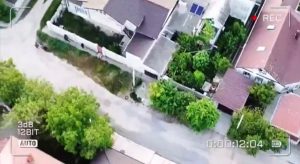

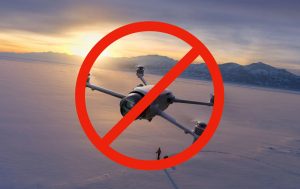
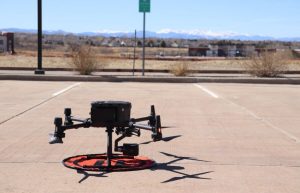


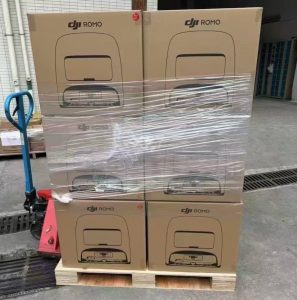

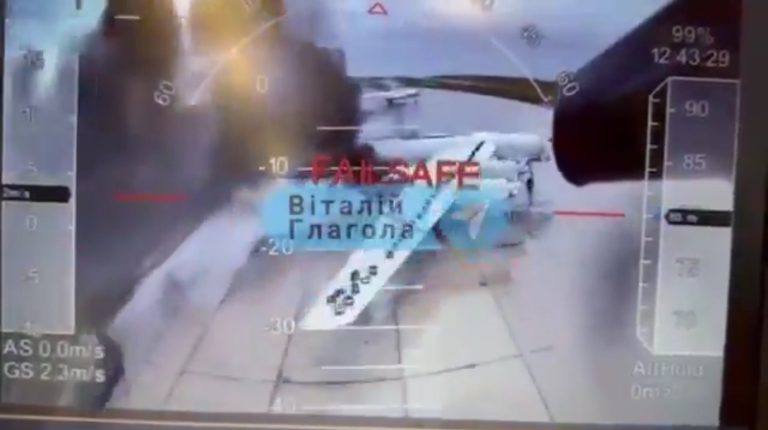





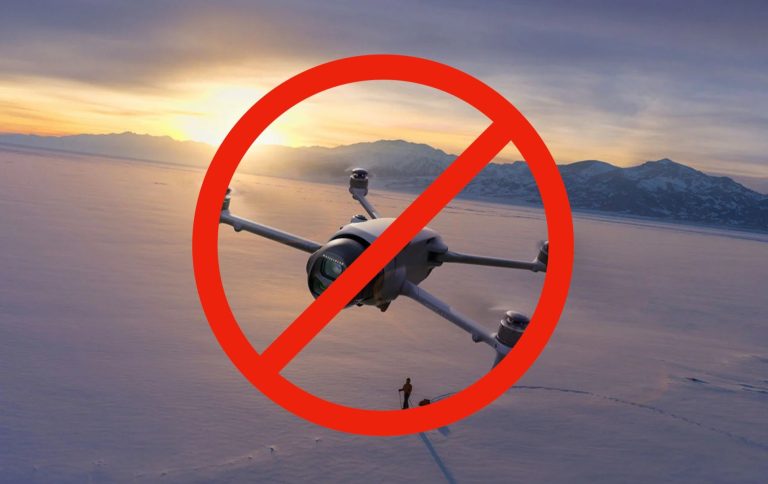
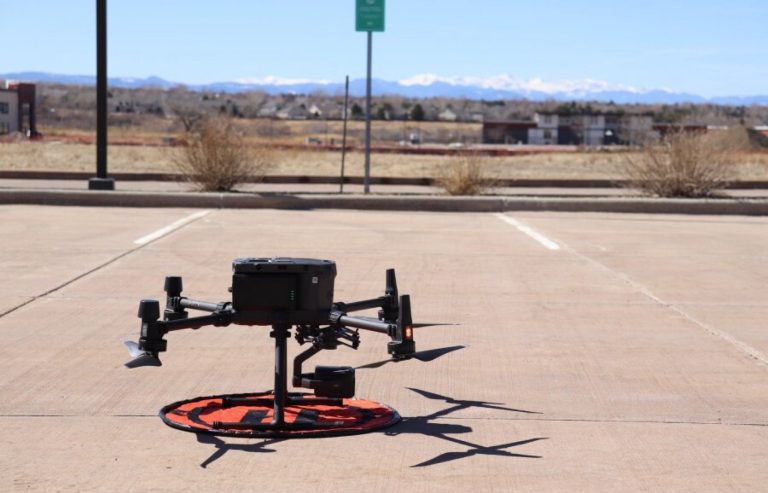
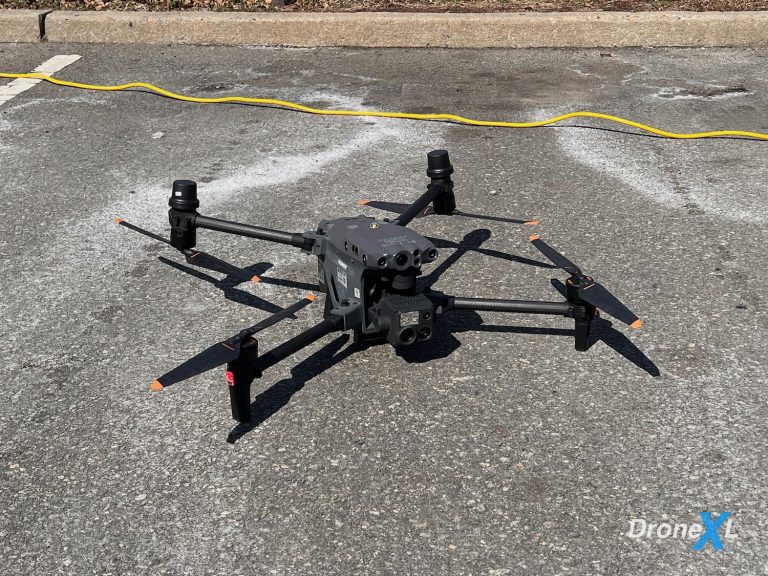

+ There are no comments
Add yours